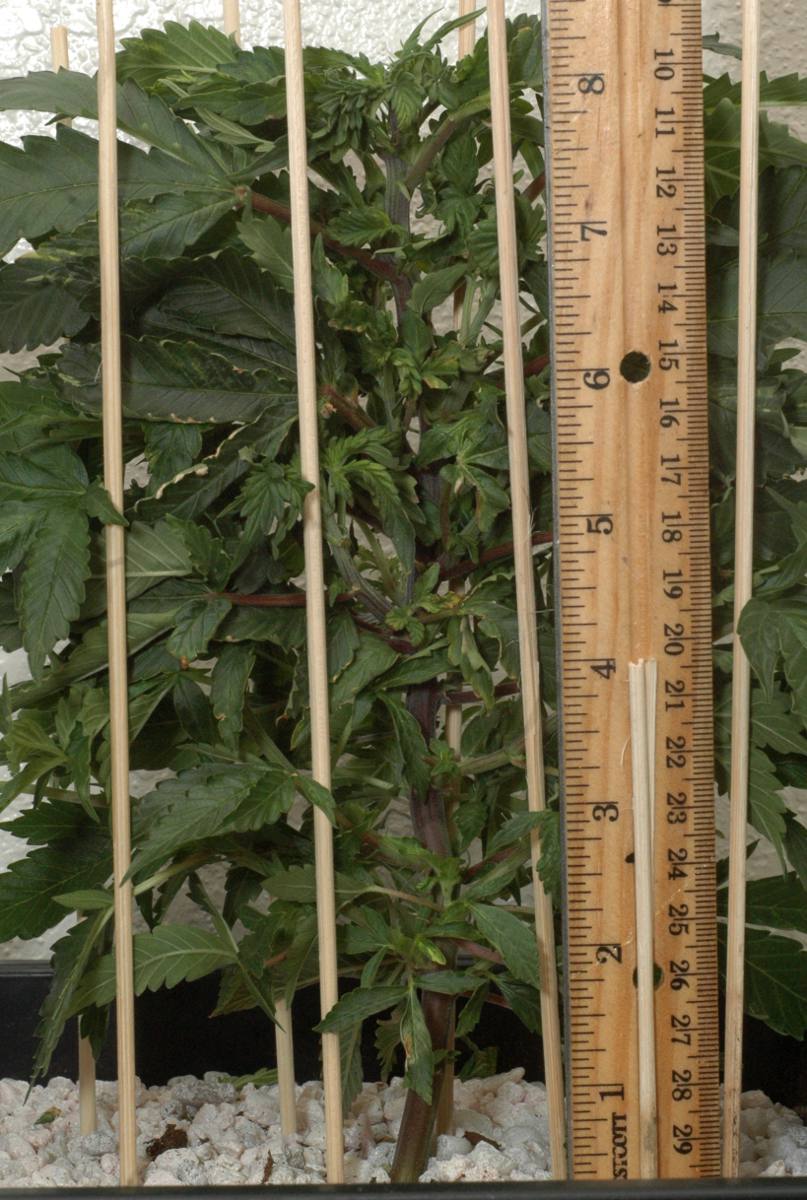That's a good summary of some techniques I've tried and validated through testing.
For the stretch period one thing it doesn't mention is managing the difference between veg kelvin and flowering kelvin. That is one of the biggest factors from what I've seen in testing. The greater the difference in colour/kelvin, the greater the stretch. In other words most stretch would be if you were vegging with 6500k and flowering with hps (2300k). So managing the stretch can be managed (greater or less) by choosing or forcing specific light colours during the first couple of weeks. An example to reduce stretch might be running a HID lamp with higher blue ratings during the stretch period, then switching it to hps. imo this is why you'll often hear folks flowering with hps, then switching to LED's for flowering seeing a big difference in reduced stretch under LED's. The most common LED kelvin rating is 3500k for flowering, so without changing veg light kelvin rating, flipping to hps in flowering vs. LED's will produce much more stretch, all other factors being equal. Prior to flowering with 3500k COBs I was using 315w CMH with a 3100k bulb and even with only a 400k difference there was a notable difference in stretch between CMH and COBs.
I can also vouch for negative DIF mentioned in the article suppressing stretch. Ran a couple of rounds last summer running negative DIF temps (higher temps during lights out) and saw a big reduction in stretch. I also noticed significant differences in bud output and density using this technique. It's difficult to run this during winter for me, but I'll go back to running negative DIF as the temps warm up, it was well worth the extra effort to maintain a negative DIF environment. If you want the stretch but want to try negative DIF, you can simply run the first couple of weeks in a traditional environment with say a 10-15F difference between lights-on and lights-off (lower temps), then switch the environment to negative DIF.
In veg, not sure why but those blurple multi-band cheap LED's (e.g. Vipar, or MARS) tend to grow very tight nodes in veg across multiple genetics and you don't have to do anything, they just grow that way under those lamps. I've used them for 4+ years and they go into flowering very tight, then I stretch them to open them up in flowering which gives me a great transition with benefits from both techs.


